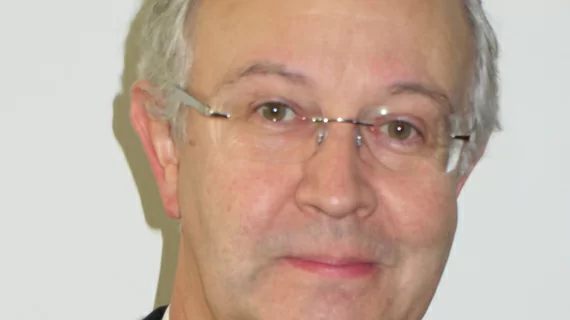Carlos Zagalo
Maxilary Sinus and Dental Medicine. Pitfals, Complications and Solutions

Oral Surgery, Oral Medicine and Oncology Professor at Instituto Universitário Egas Moniz Reviewer of the Journal of Dental Education Senior Consultant of ENT and Head and Neck Surgery at the Portuguese Institute of Oncology ENT specialist and Head and Neck Surgeon at Hospital Lusíadas Lisboa
Nationality: Portugal
Scientific areas: Oral surgery
10 of november, from 15h40 until 16h50
Auditório D
Conference summary
The maxillary sinus is a structure which the dentist often has to deal with, either due to the presence of disease such as sinusitis or others, which may interfere with the success of dental work or by iatrogeny, especially complications caused by invasion of the maxillary sinus instrumentation sequence.
The maxillary sinus undergoes expansion throughout life, justifying an increase of complications of iatrogenic origin in the elderly. Epithelial transportation capacity is sufficient to move a dental implant intruded in the maxillary sinus to the ostium, blocking it and setting off sinusitis. The dentist, therefore, should bear the ostiomeatal complex in mind as well as the need for effective drainage of the maxillary sinus.
There are multiple ways to intervene surgically on the maxillary sinus. Some belong in the scope of dentistry, such as closing oroantral communications or fistulas, or performing a sinus lifting. Others, however, require either an external approach or an endonasal endoscopic approach, which are not performed by dentists. Dentists have a key role in screening for disease in the referral of patients and oral rehabilitation.
Both clinical practice and the results obtained have much to gain from basic science, from the connection between the knowledge generated and clinical practice, from the systematization of the data collected during clinical practice associated, from theoretical research, from professional exchanges between peers, and from promoting interdisciplinarity.